What is it?
When Land Rover launched the new Defender, it was easy enough to understand why the company majored first on the longer-wheelbase 110 versions, but it was still a disappointment given that, as its own designers have often pointed out, the shorter 90 carries the iconic shape.
Now the 90 has landed at last, held up for a while by Covid and still subject to about a three-month delivery delay, it’s possible to see how different – and similar – it really is to the longer model, about which we’ve already written extensively. It’s quite clearly a modular car: the monocoque chassis, suspension, steering and powertrain packages are all closely related.
The interest lies in the effect carving 20in out of the wheelbase has on stuff like kerb weight, handling and ride, and accommodation – and we took the opportunity to try the new model in P400 mild-hybrid guise, given it’s the highest-performing Defender 90 of all.
The weights are surprisingly close. A shorter model weighs only 65kg less than a similar-spec 110, although that advantage nearly doubles (to 120kg) if your 110 is equipped with third-row seating. Rear accommodation is near-as-dammit identical for space and comfort to a 110’s second row, but the 90’s obvious disadvantage, as a three-door, is that it’s much harder for rear passengers to access and – at least in our privacy-glazed test car – it seemed pretty dark back there. The wide-opening rear door is a boon, though, just as it is on the 110, and carrying capacity is massively larger than the old model’s.
The P400 3.0-litre straight-six petrol twin-turbo engine fitted to our test car makes it the most powerful and fastest-accelerating production Defender available. It turns in a 0-62mph time of 6.0sec, with an accompanying top speed of 120mph. Understandably, perhaps, WLTP combined fuel consumption is unimpressive, at 25mpg, and neither does the Defender 90’s CO2 output – 256g/km – pull up any trees.
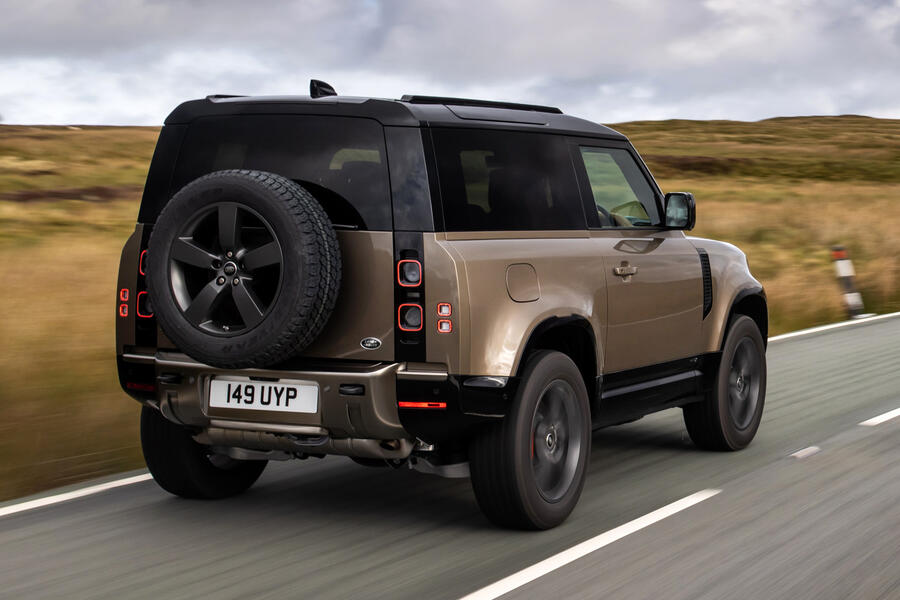

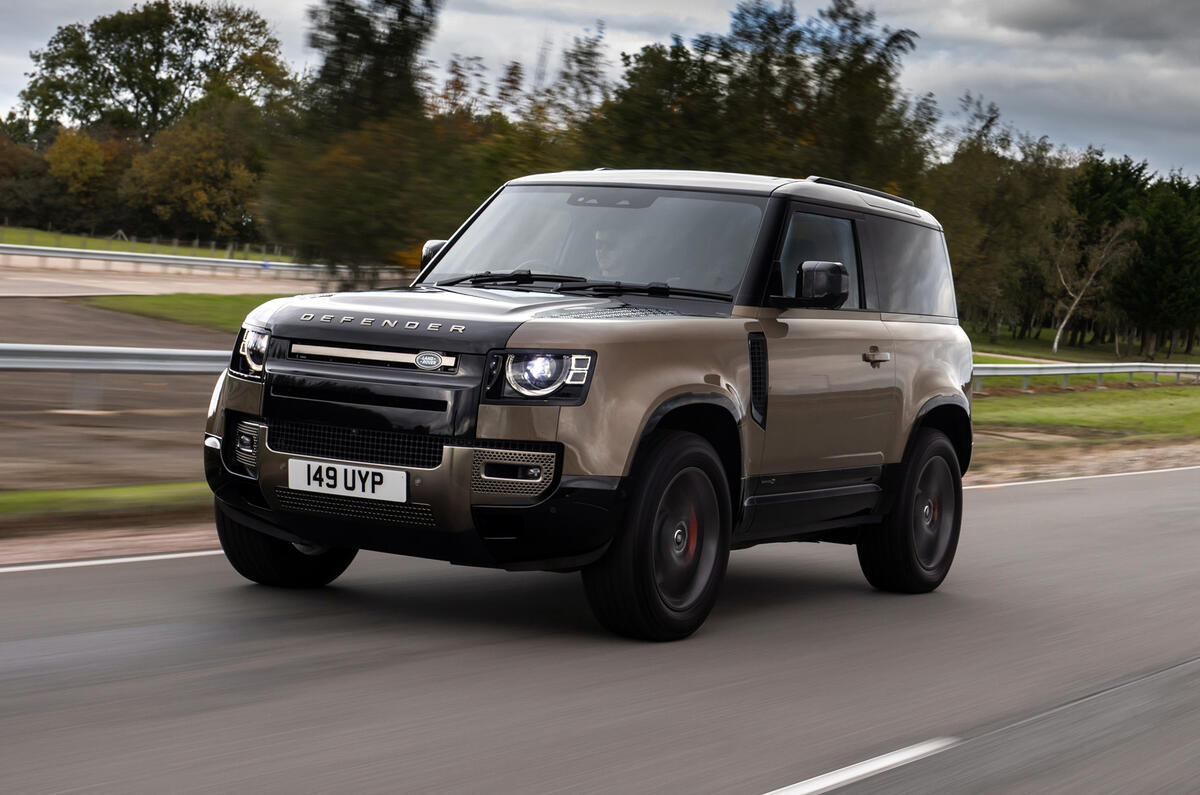
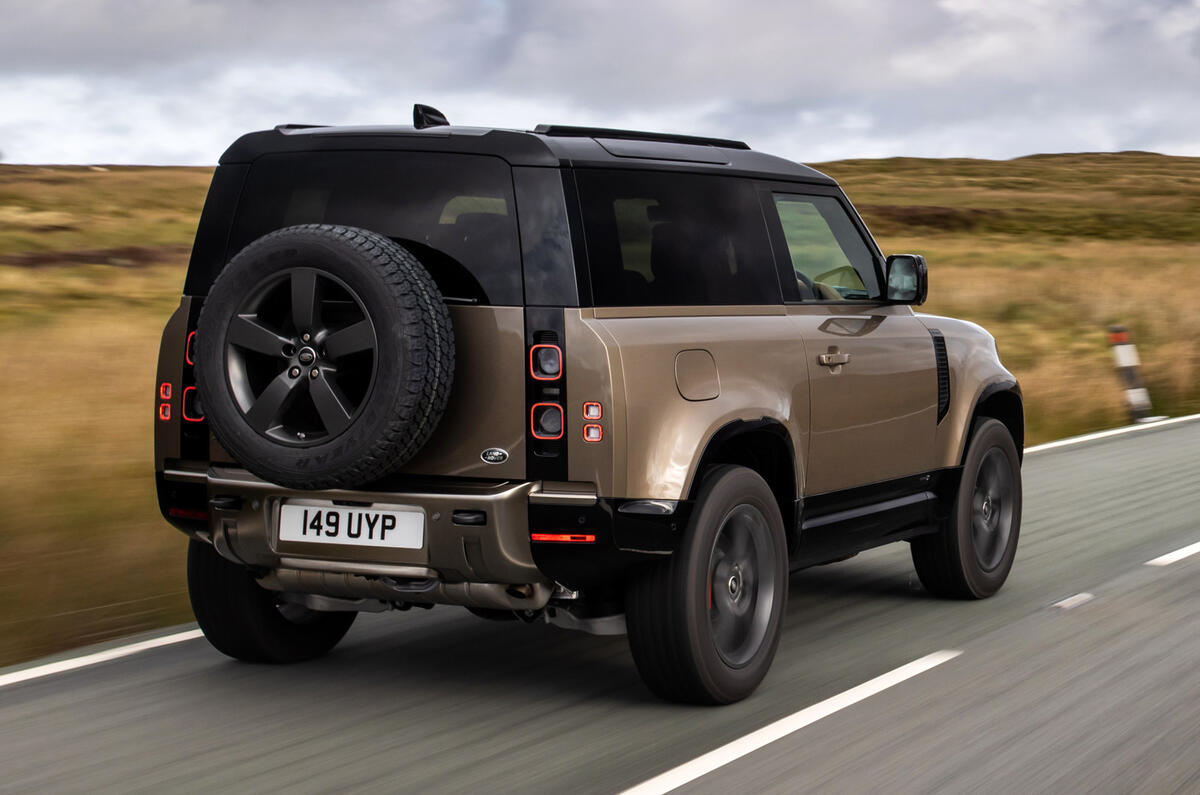
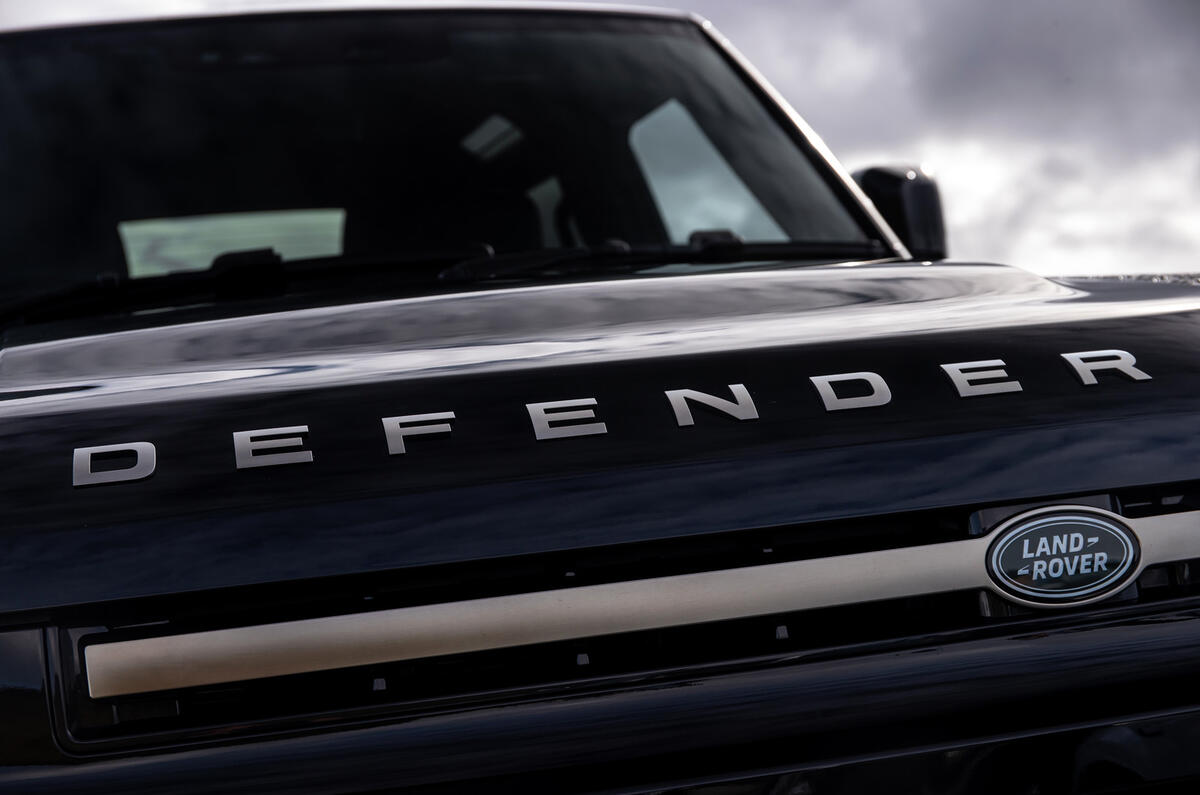
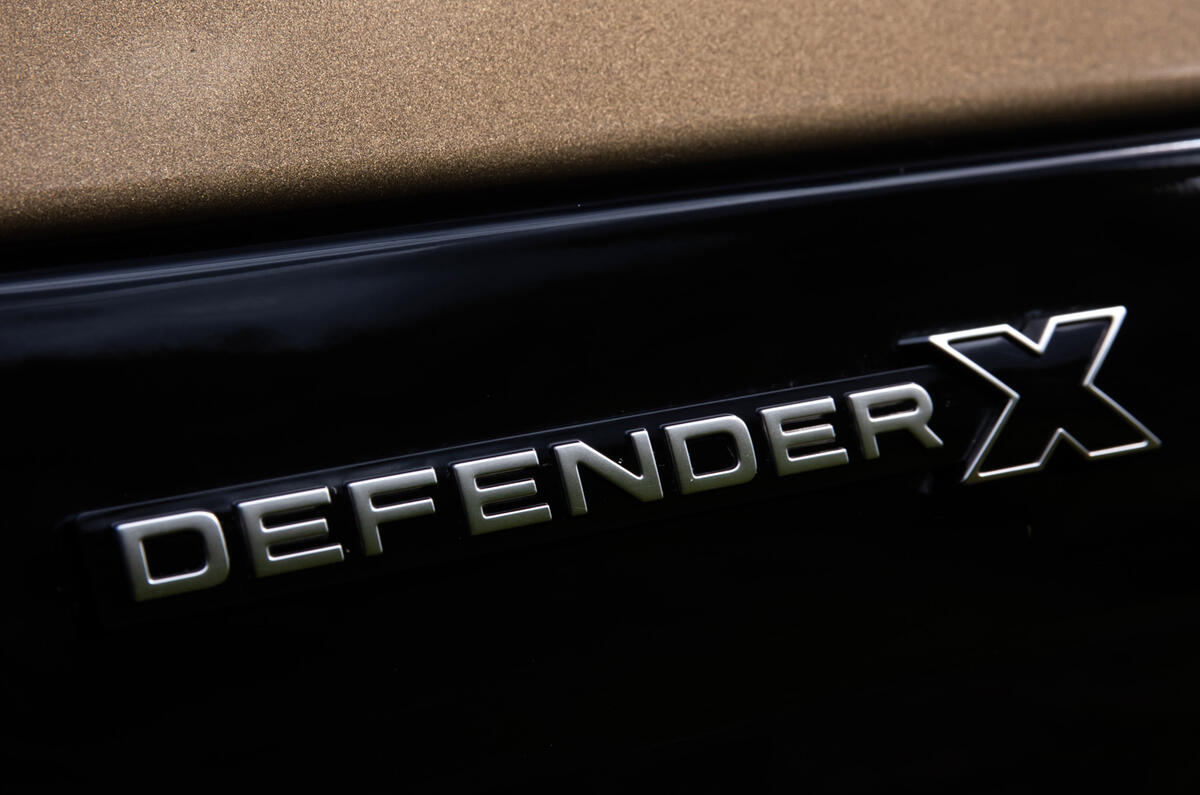
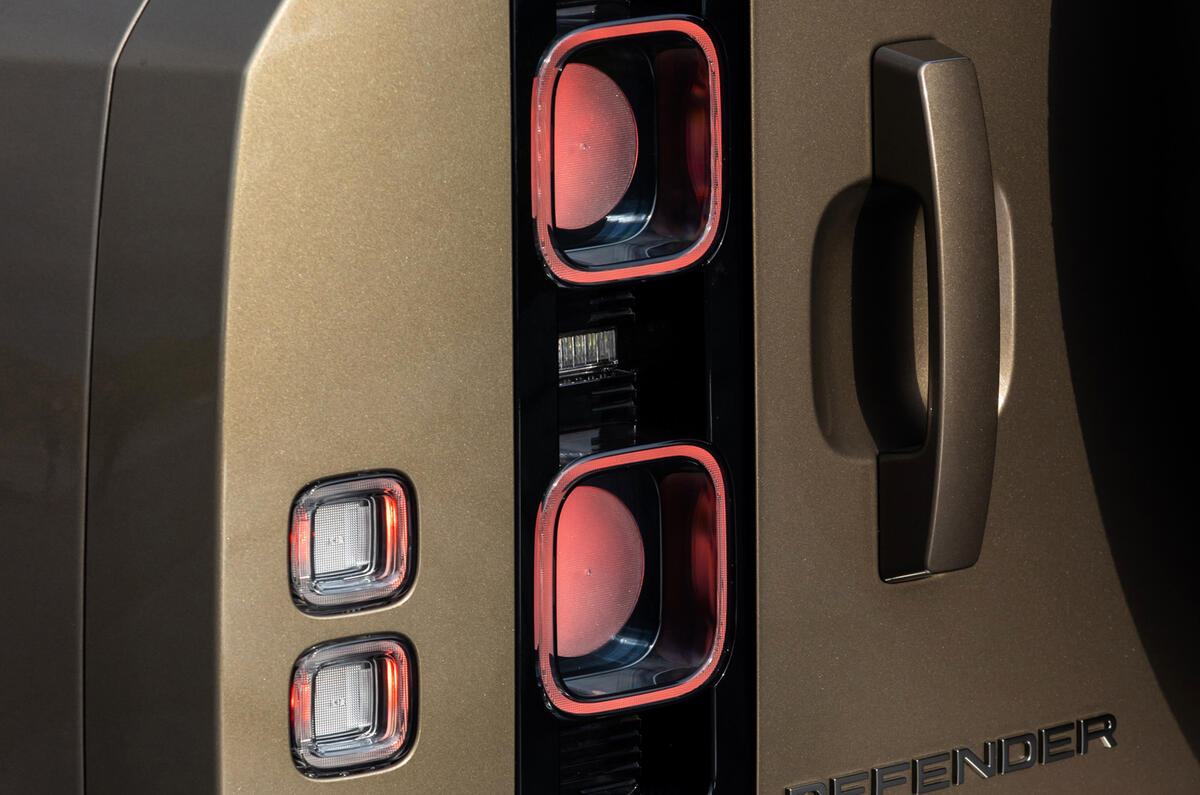
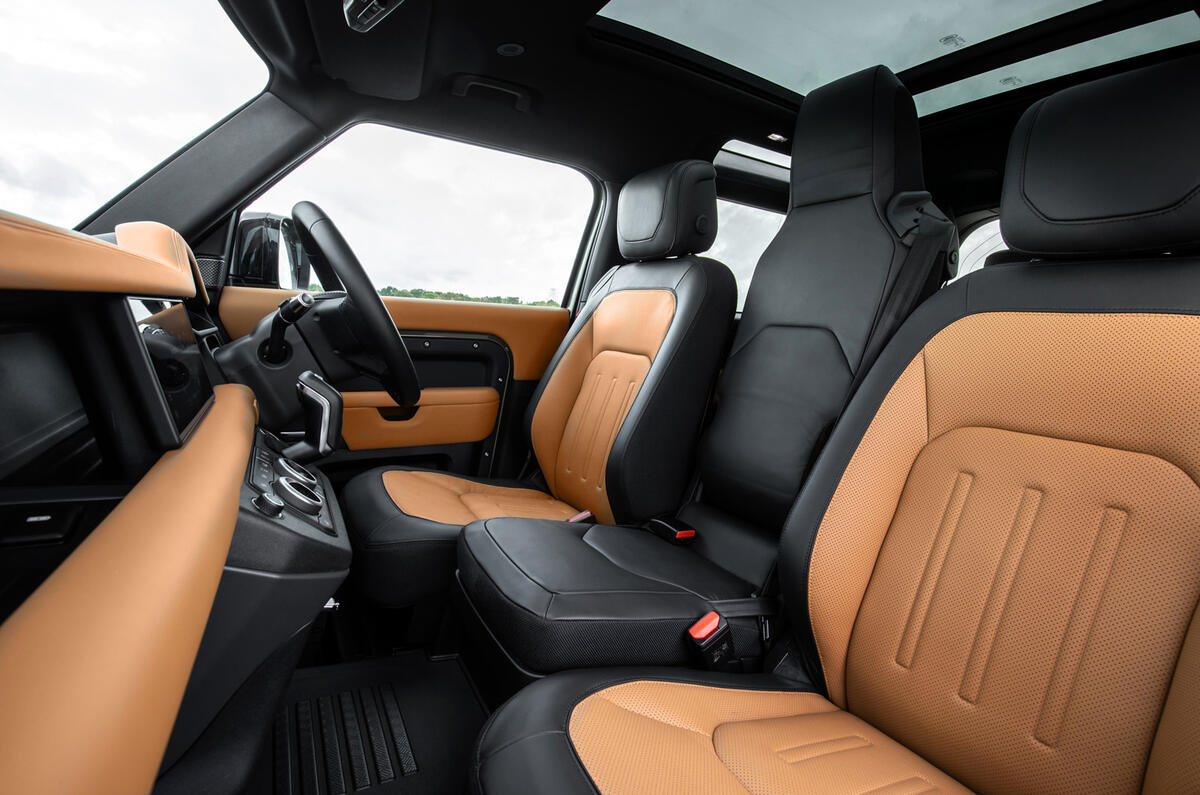
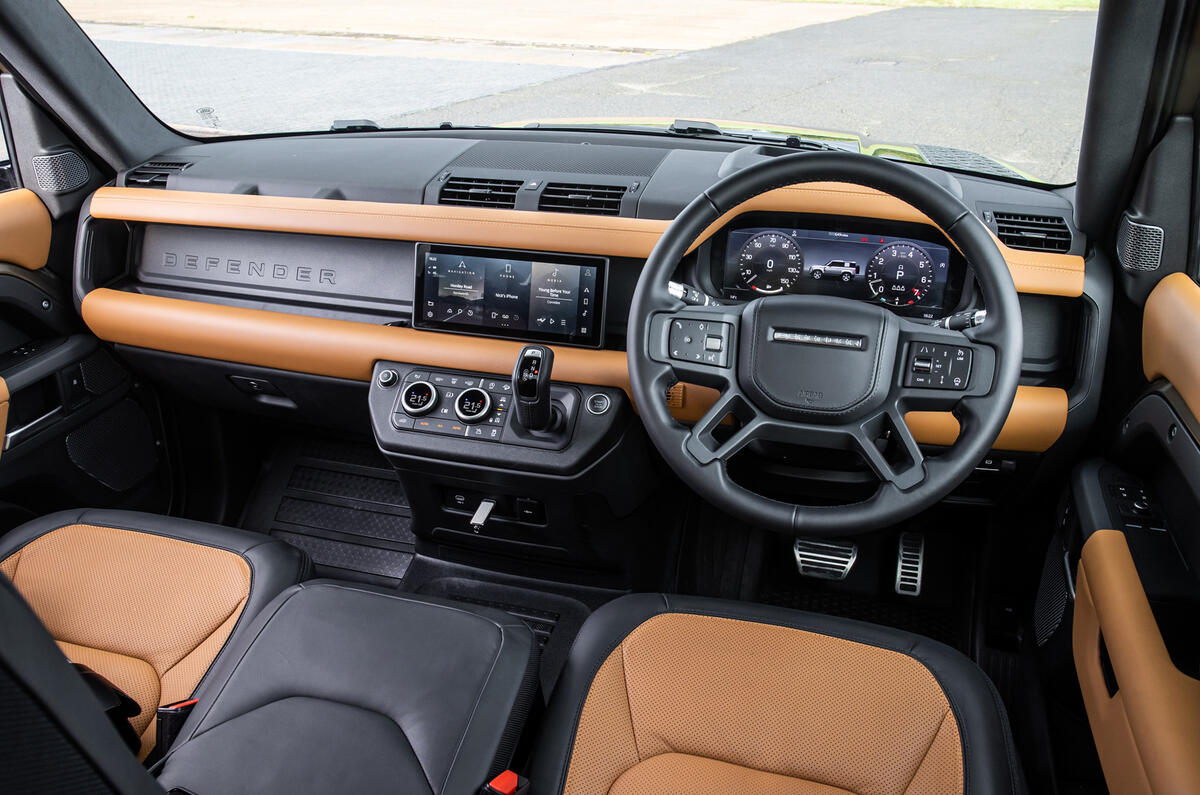
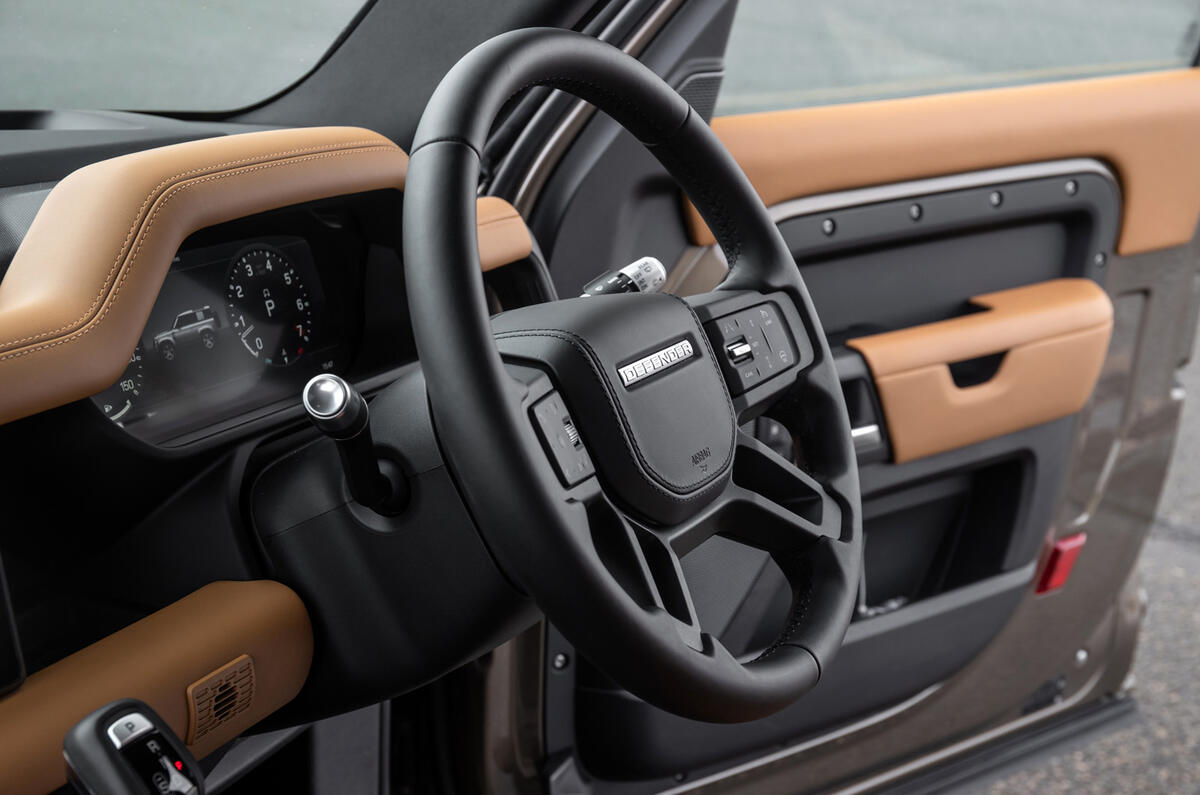
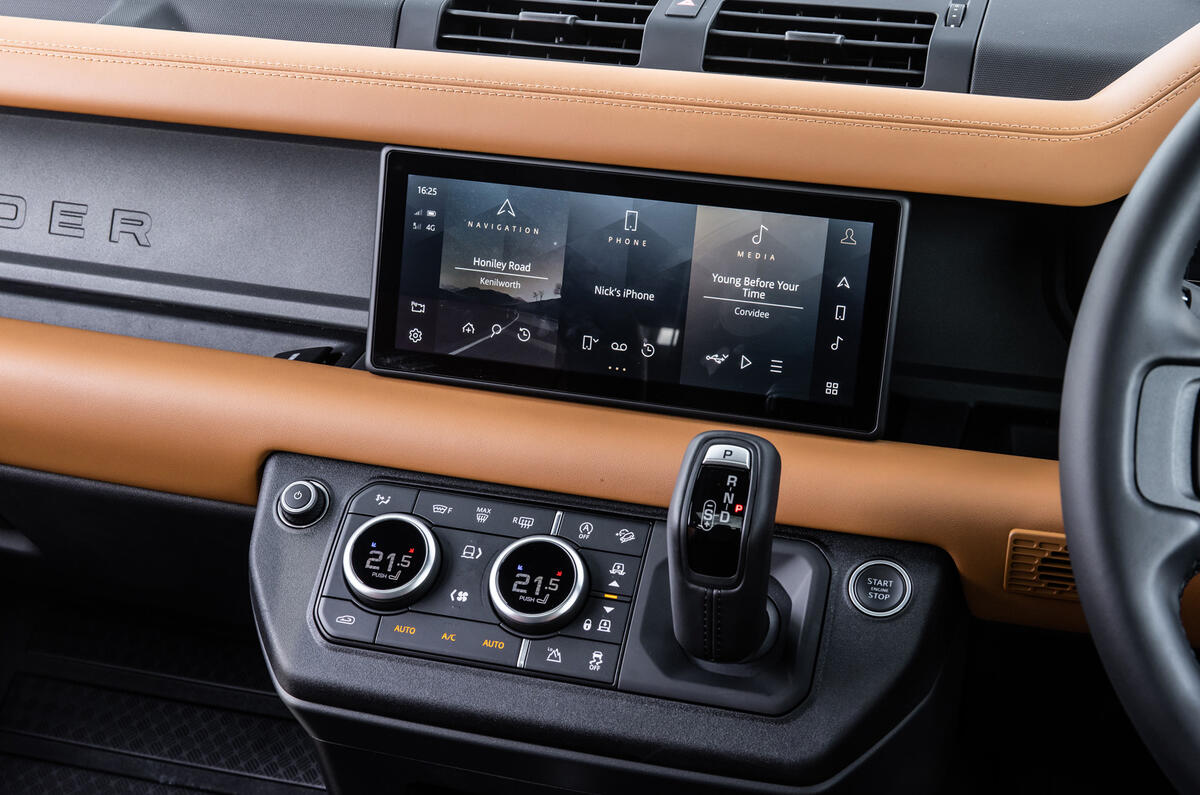
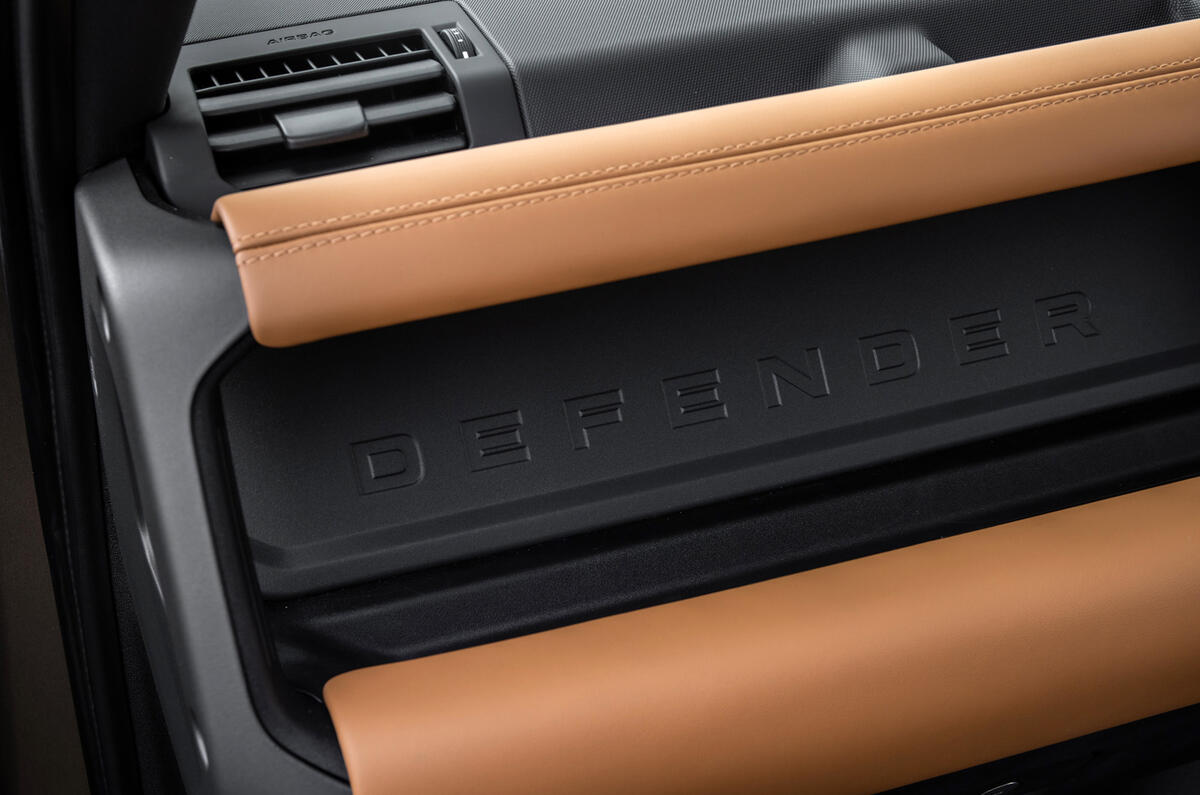
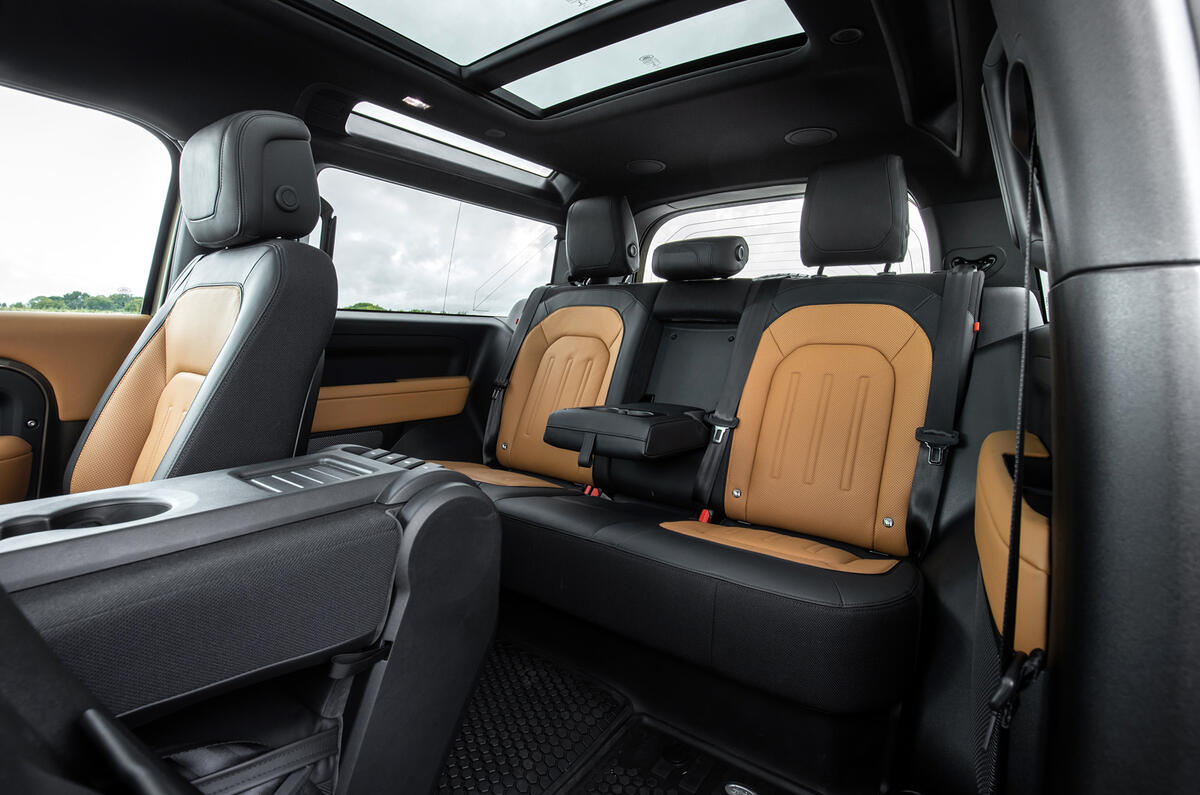

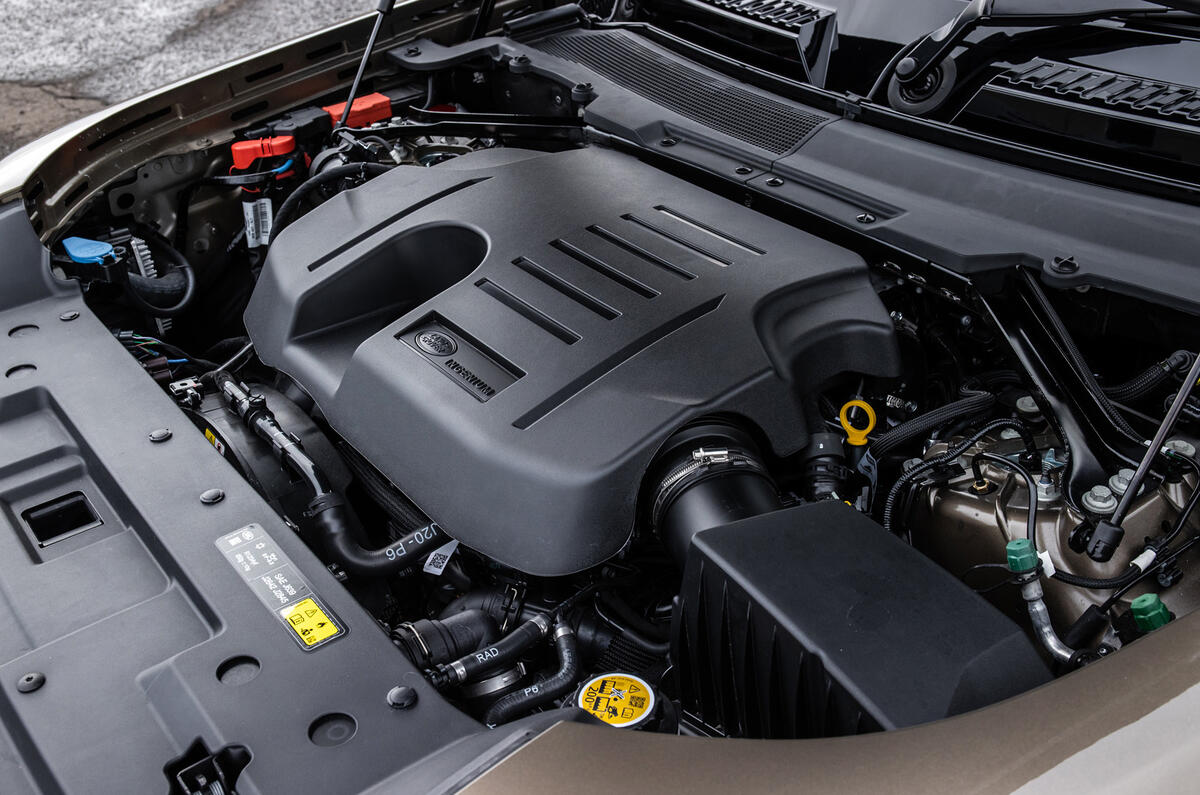
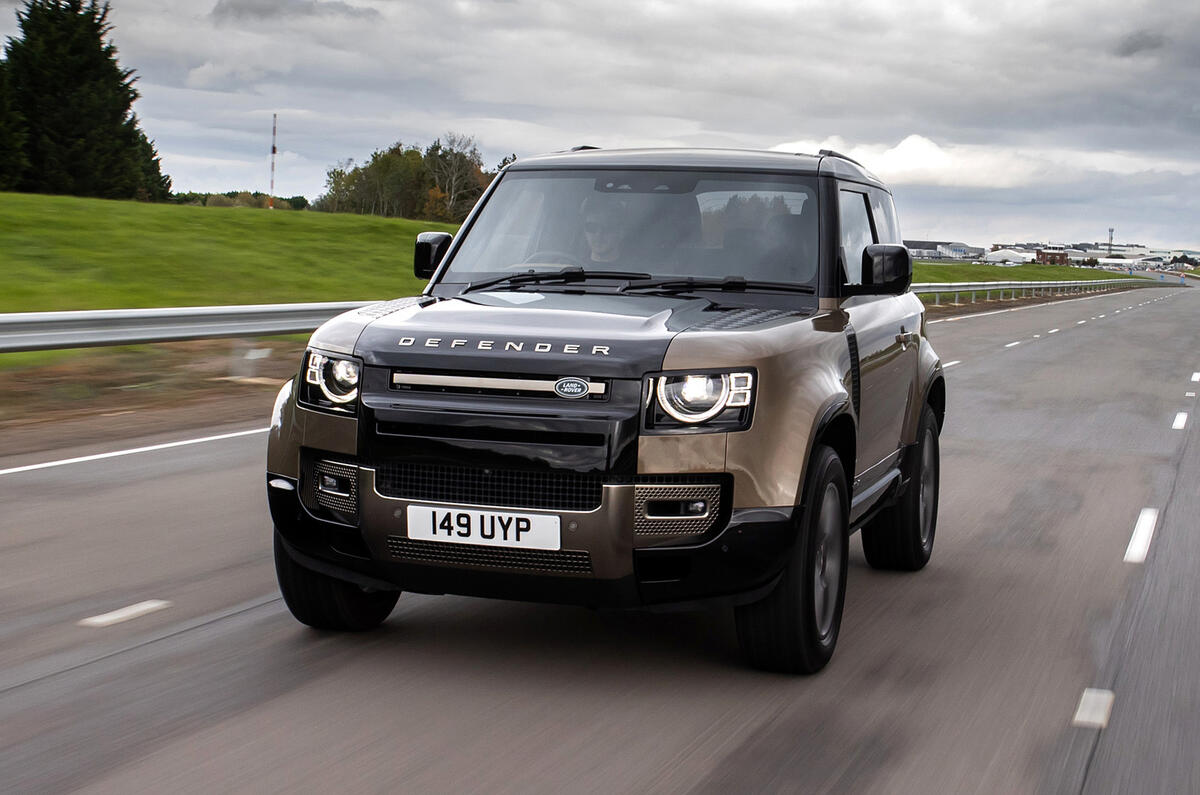
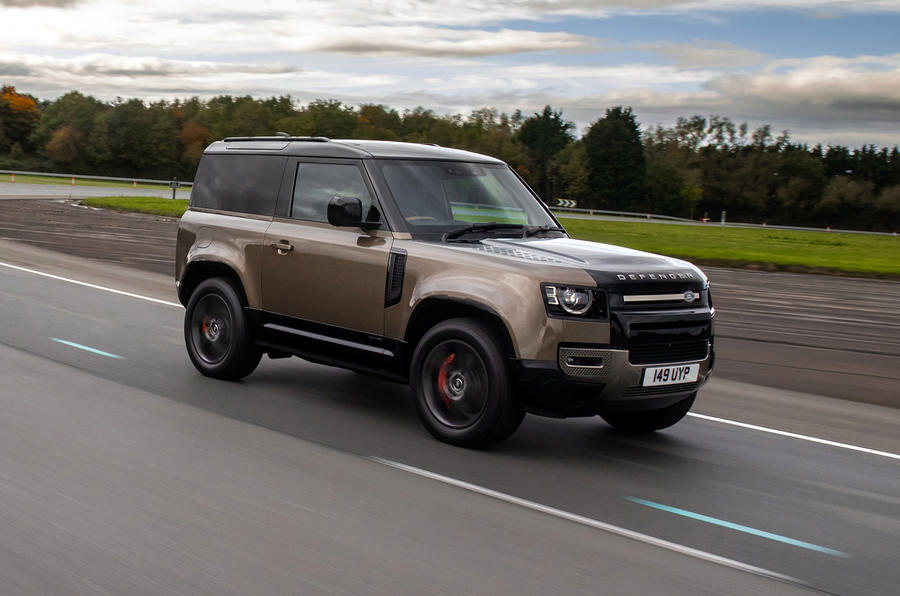
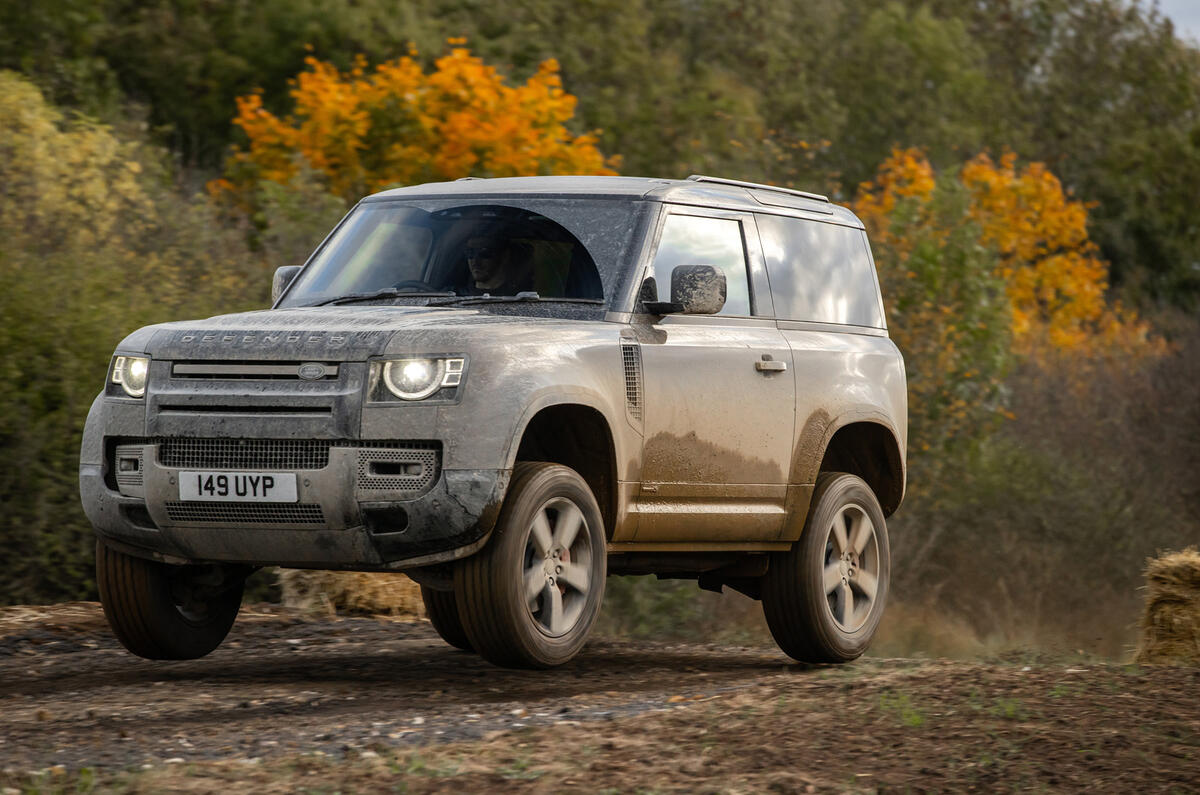

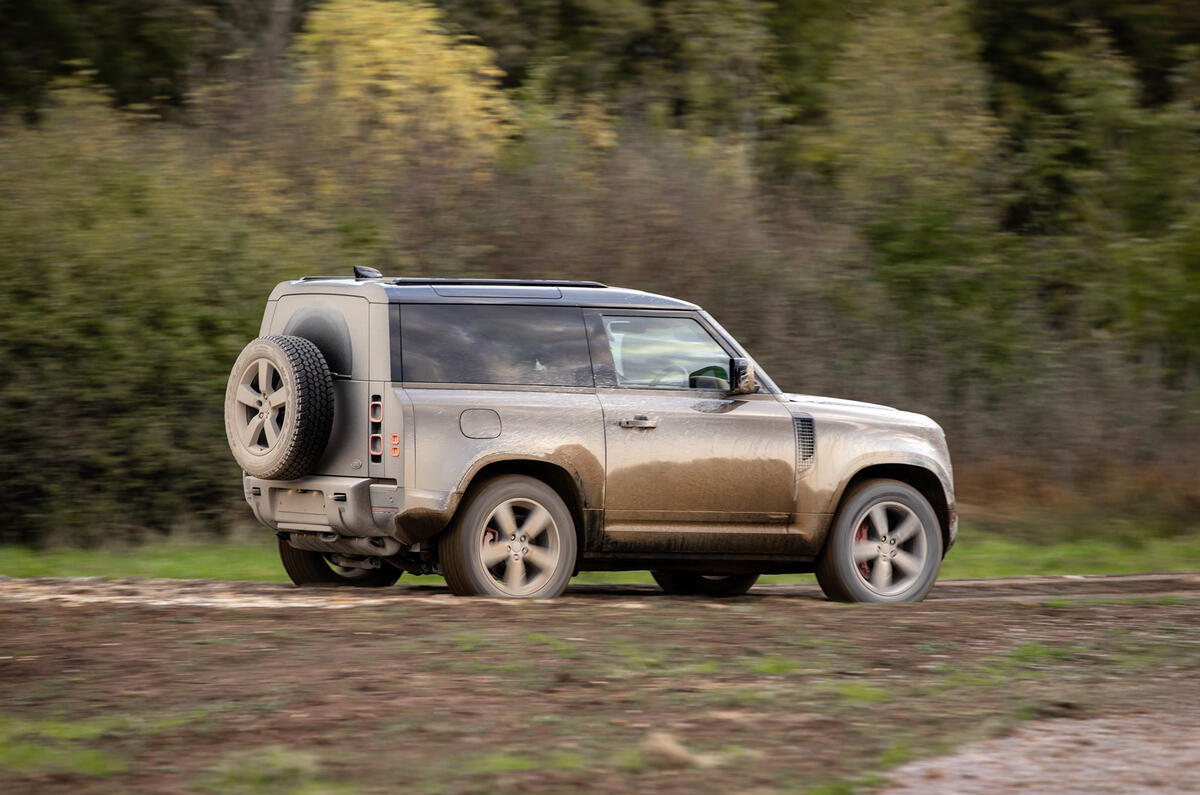





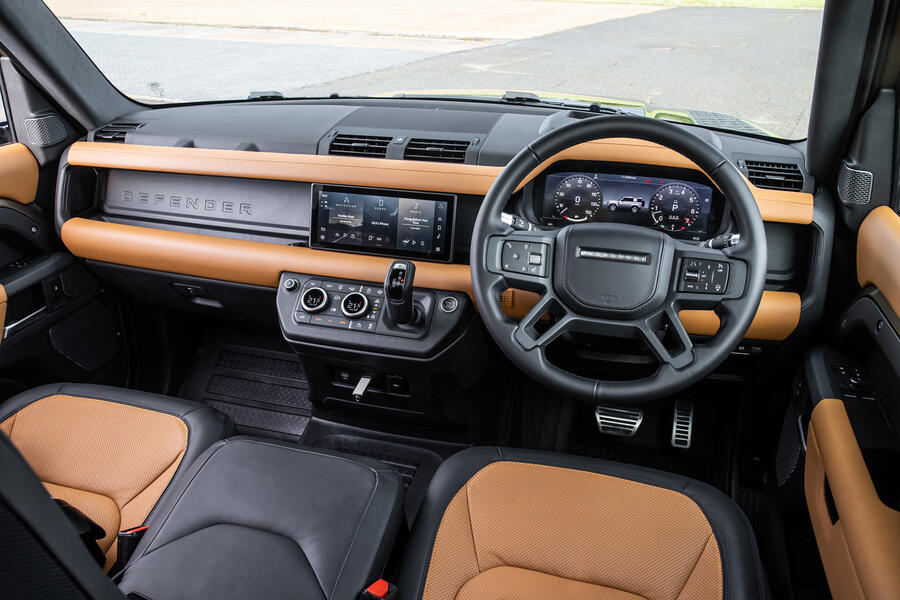
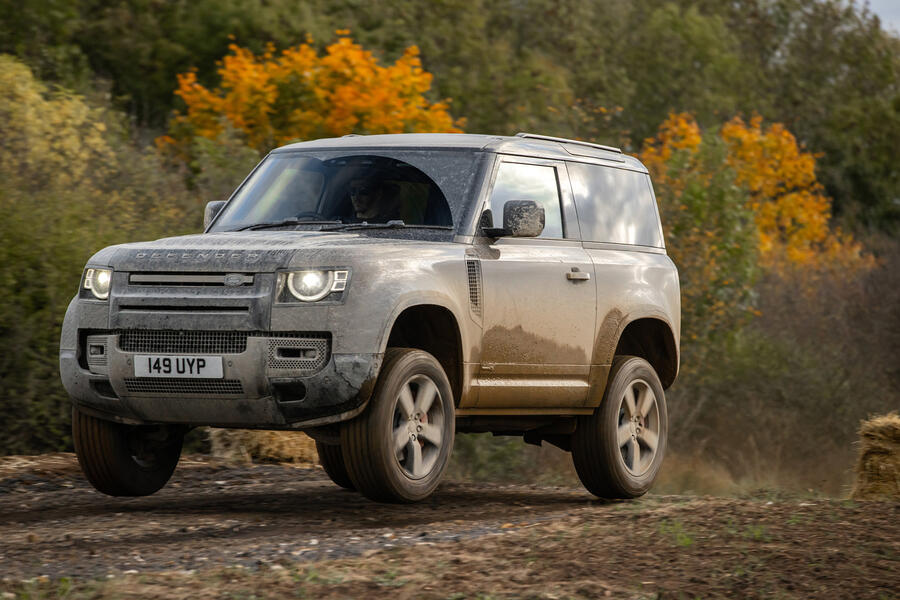

Add your comment